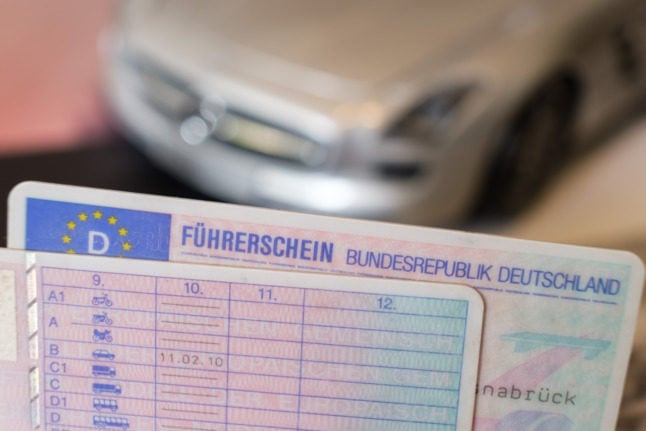By calculating the total length of the autobahn traffic jams which took place in the Hanseatic city in 2017, the ADAC came to an index number of 390 for Hamburg – just ahead of Berlin which had an index number of 388.
Thus, the ADAC found that traffic on Hamburg's motorways was more congested than in any other federal state last year; the port city had the highest number of traffic jams in proportion to its existing autobahn length.
With the congestion kilometres in Hamburg reaching 31,630, this was just under 14 percent more than in the previous year. The state of Schleswig-Holstein also saw an increase from 2016. Last year, Schleswig-Holstein saw a six percent rise in congestion from the previous year to a total length of 34,694 kilometres.
Nationwide congestion on motorways increased by five percent in 2017, adding up to a total length of 1.45 million kilometres, the ADAC reported.
According to Die Welt, traffic jams in Hamburg can be partly attributed to its many construction sites, especially in the north of the city.
Congestion often occurs in the harbour city on the A7 motorway between Hamburg-Nordwest and Schnelsen as well as before the Elbe tunnel between Waltershof and Othmarschen, Welt reports. Further north, traffic congestion frequently takes place between Quickborn and Schnelsen-Nord as well as around Neumünster.
.jpg)
Meanwhile the ADAC also released data which showed that there was more traffic than ever before on German motorways last year. As the Statista chart above indicates, around 723,000 traffic jams were recorded in the Bundesrepublik in 2017 – a jump from 694,000 recorded in 2016.
To account for this significant increase, the ADAC points to the fact that roads are under construction and the number of vehicles on the roads is constantly increasing. As well, the recording of traffic has improved.
North Rhine-Westphalia (35 percent), Bavaria (18 percent) and Baden-Württemberg (11 percent) were the three states in which the largest number of traffic jams were reported. Combined, these states account for a total of 64 percent of all reported traffic jams.



 Please whitelist us to continue reading.
Please whitelist us to continue reading.